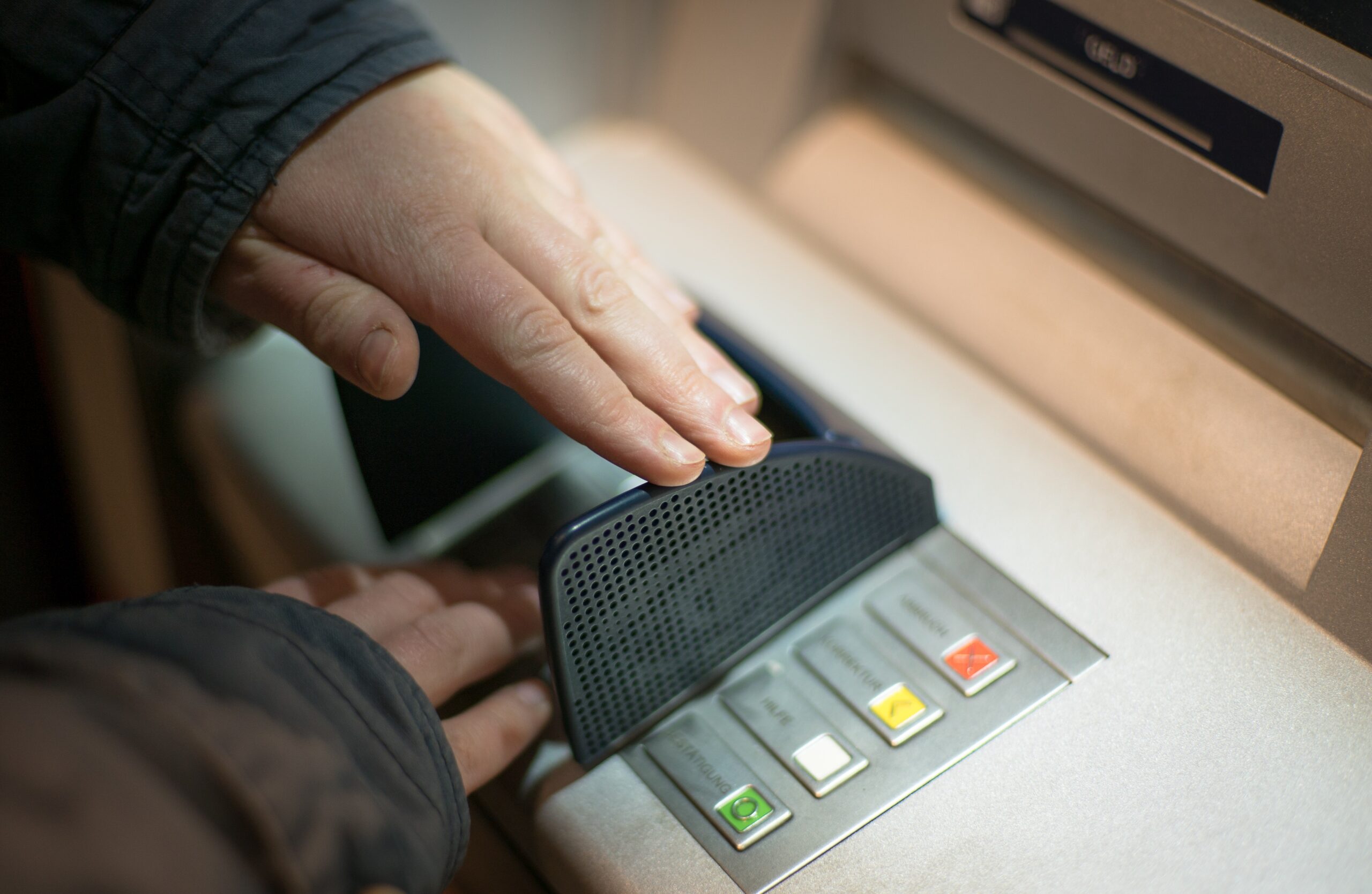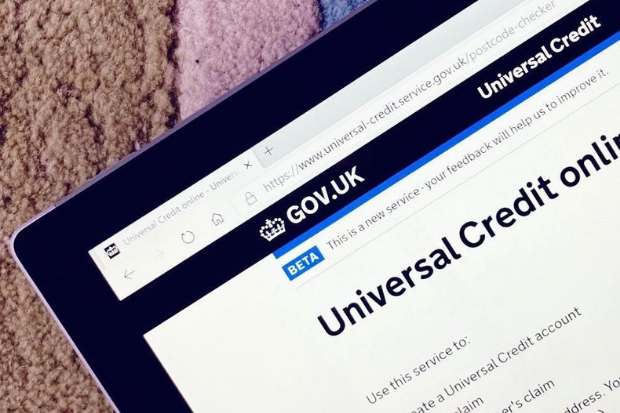Shared Rural Network aims to ensure all four mobile network operators serve at least three quarters of Scotland
Credit: David Becher/CC BY-SA 2.0
Citizens in Wales, Northern Ireland, Scotland and the north-east of England are expected to get a significant boost in 4G coverage through a £1bn government programme to increase the areas covered by all four mobile operators.
The Shared Rural Network (SRN) will see EE, O2, Three and Vodafone build and upgrade phone masts to end partial ‘not-spots’ – areas where only some operators currently provide 4G coverage.
The deal will see 4G coverage from at least one operator reach more than 91% of every electoral region in Scotland, while coverage from all four operators will be delivered to 74% of the country – up from 42% currently.
In Wales, the programme aims to bring ubiquitous network coverage to 80% of the country, up from the current total of 60%. Northern Ireland, meanwhile, will the proportion of its landmass covered by 4G services from all four networks grow from 79 to 85%.
Related content
- First 4G mast erected in £15m project to bring mobile coverage to Scottish blackspots
- Scottish 4G coverage less than half that of England
- Mobile firms accused of ‘marking their own homework’ on coverage stats
Across the North East of England, currently only 68% of the region is served by all operators. The SRN deal aims to increase this figure to 86%.
In addition to the plans to boost 4G connectivity, the government also said that the next stage of the £5bn Project Gigabit programme will see 234,000 homes and businesses in hard-to-reach parts of Wales connected to “lightning-fast fixed broadband”.
The rollout of full-fibre networks in Northern Ireland will also continue apace, the government said, with 969 public buildings and about 150,000 other companies and homes to be connected in the coming weeks.
Digital secretary Oliver Dowden said: “We’re putting connecting people across the UK at the heart of our plan to build back better, through huge uplifts to mobile coverage in rural areas and the rapid rollout of gigabit broadband. Today’s announcements will improve the lives of millions of people in rural parts of Scotland, Wales, England and Northern Ireland, giving them the connections they need to work, access services and keep in touch – both at home and on the go.”
Regions with higher proportions of rural areas – particularly in Scotland – will benefit the most from the 4G programme.
The Highlands and islands will see the largest increase in coverage, with a 42-point rise in areas with coverage from all four operators – the largest increase in the UK and bringing coverage from all four mobile network operators to 68%.
Coverage from all four operators will increase by 26 percentage points in the south of Scotland, 23 in the west of Scotland and 20 points in the north east of the country.
The SRN, which was set up by ministers in March last year, will bring an additional 280,000 premises and an additional 16,000km of UK roads within range of a 4G signal, increasing total geographic 4G coverage to 95% of the UK by 2025. The SRN programme has also begun work to end total not-spots – areas which have no coverage from any operator.
It has begun searching for, acquiring and building publicly funded masts that will be shared between all four mobile network operators.
A consultation has been launched to identify any existing infrastructure which can be utilised to banish total not-spots, reducing the need to build new phone masts. The focus of the consultation is in Scotland, where the majority of coverage improvements will take place.
In a further boost to connectivity, the Scottish Government has also confirmed it can continue to provide up to £5,000 extra funding to top-up the Gigabit Broadband Voucher Scheme, in addition to the £1,500 available to rural homes and £3,500 available to small to medium-sized rural businesses.
UK government minister for Scotland Iain Stewart said: “From Dumfries and Galloway to the Highlands, and from Skye to Shetland, this UK Government investment will improve access to fast, reliable 4G coverage for people in every corner of Scotland. The UK government is working hard to level up digital connectivity, ensuring that people and businesses right across the country can enjoy the social and economic benefits of next-generation broadband and mobile coverage.”



